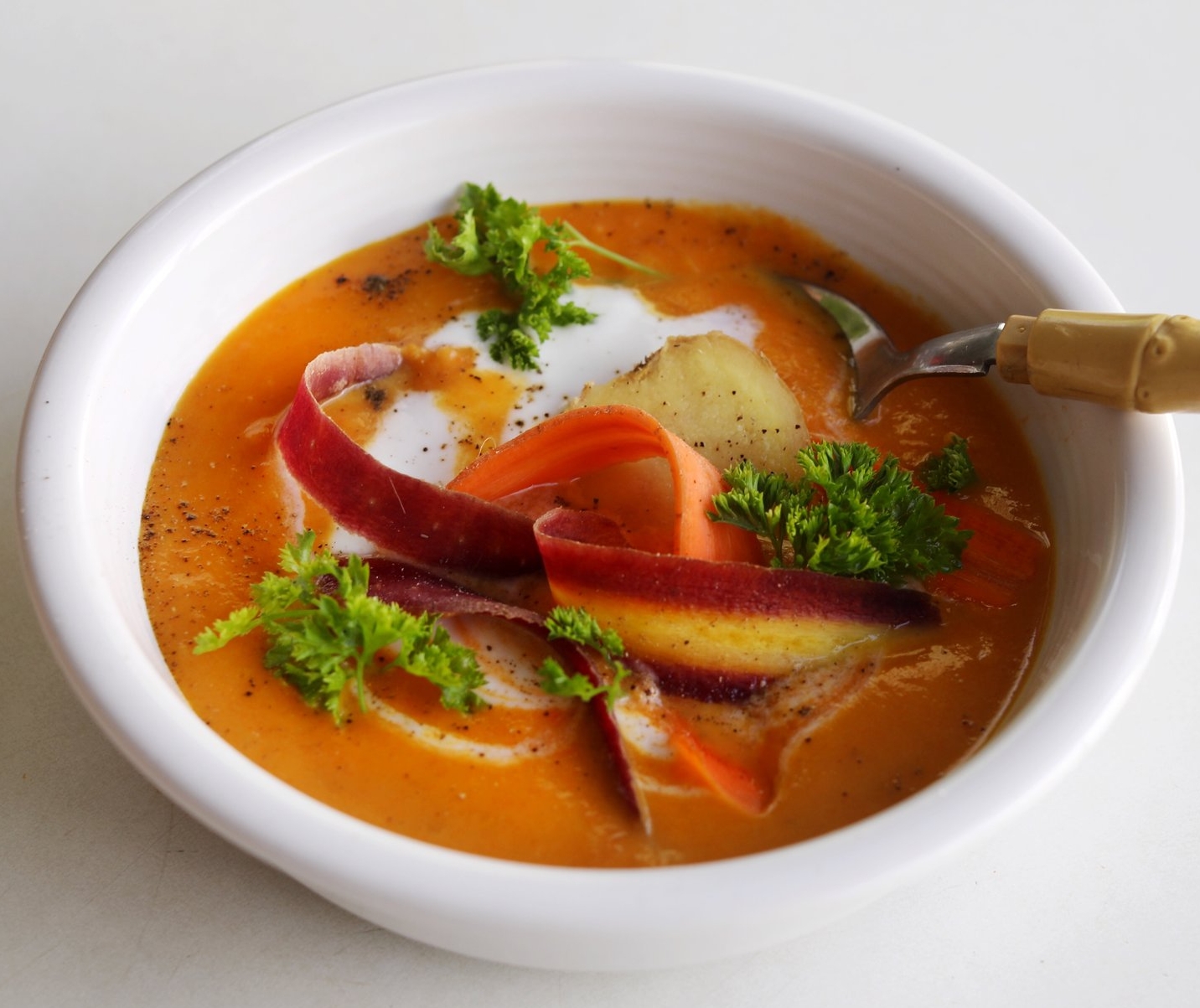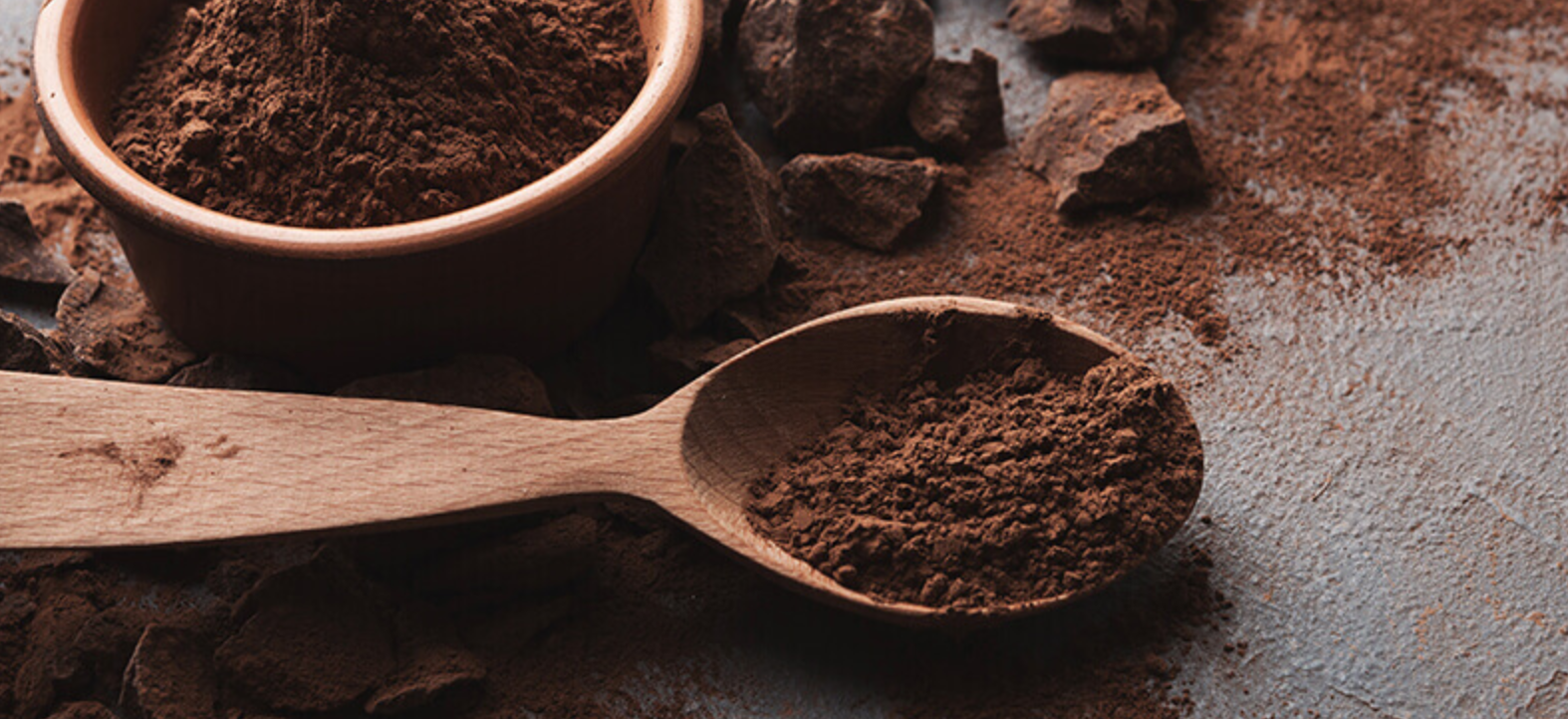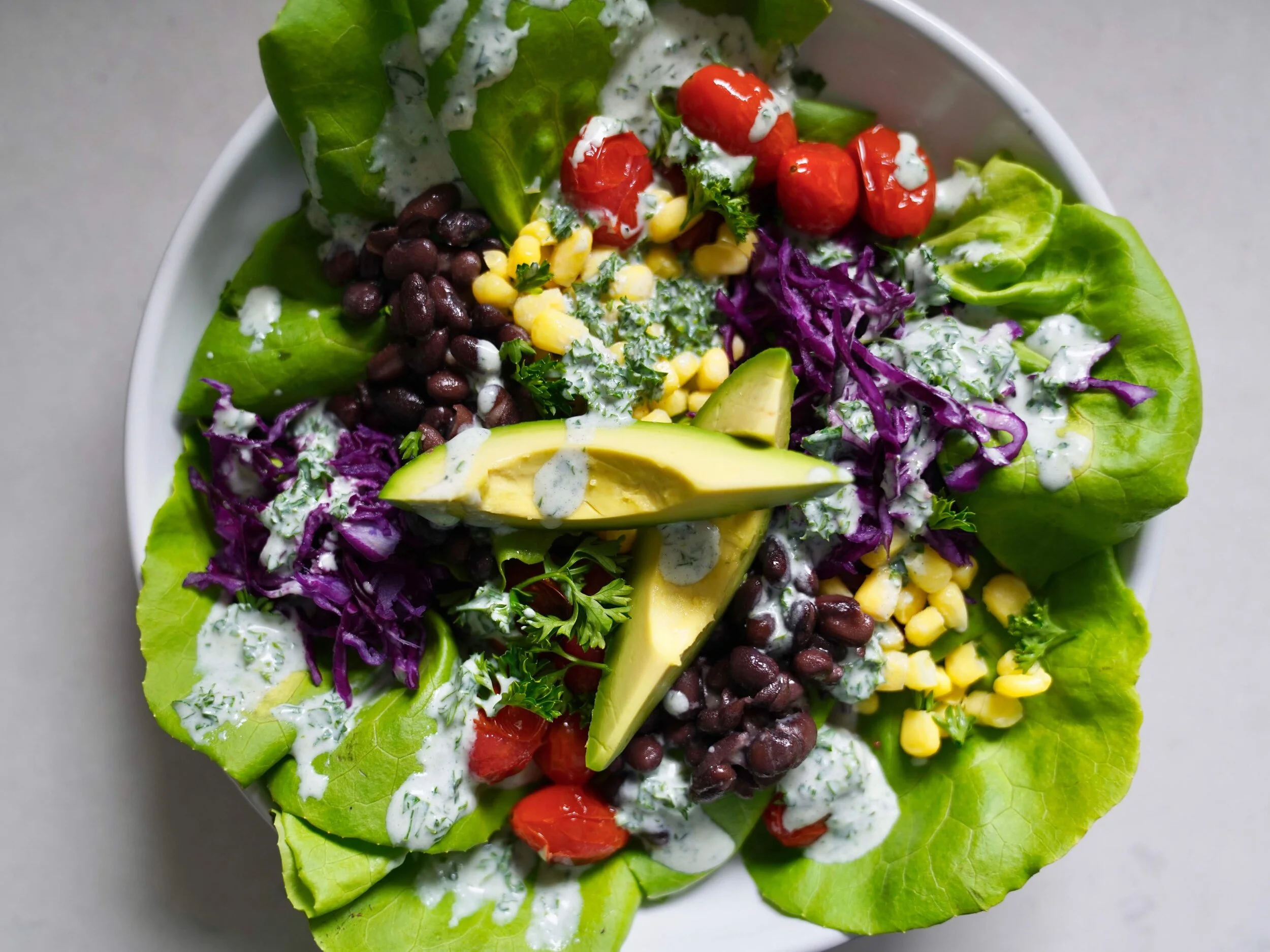Q: Have you ever had a Halloween hangover?
You may take this quite literally –– like the time you accepted one too many spooky cocktails from your favorite festive neighbor, because you wanted to celebrate with your own kind of trick-or-treat.
Or, if you have (or know) a particularly sensitive child –– you may have a slightly different understanding.
Such was the year I got a phone call from Elijah's first grade teacher, Ms. Kylie, saying Elijah needed to be picked up from school early, the very day after Halloween.
You may see why this was the day I coined the phrase...Halloween Hangover.
When Elijah was young, he could get out of whack so quickly when it came to food –– hangry was his middle name. Similarly, when he ate too much sugar, I had a disaster on my hands.
So, I am here to offer you a little Halloween safeguard. This may be the strangest Halloween of our time (#pandemiclife) so I thought these nutritionist-approved tricks and treats may spice up your day and be of service.
In the meantime, I hope you find your inner witch this year. This world could really use a dose of magic.
My Favorite Tricks and Treats Here
[Tasty 🎃 Recipe Included]
Originally Published on Chopra.com
With Halloween weekend before us, you may be wondering how to keep you and your family healthy during the most sugary holiday of the year. While most Halloweens will be chock full of conventional, sugary candy, there are quite a few natural, real-food snacks for you to incorporate, too.
Steering away from sugar is not always an easy feat around Halloween, but these alternative ideas will set you up for success.
Here are eight real-food Halloween treats for you (and your kids) to explore.
1. Honey Sticks
Nothing says naturally sweet more than the flavor of honey. You may think of honey as just a sweetener for your tea, but raw honey’s health benefits go far and beyond. Studies show that honey is antiviral, antibacterial, and antimicrobial—helping keep you and your little ones’ immune systems strong and robust as the weather changes to cooler days and nights. Honey straws are easy for kids to gather and enjoy on Halloween.
You can find honey sticks (or straws) at most health food stores in a variety of flavors. Make sure to save a few of these tasty treats for yourself!
2. Organic Dark Chocolate
Teaching your kids the difference between an organic, pure dark chocolate treat and a commercial sugary version is a task worth undertaking. Real dark chocolate is a powerful superfood with an array of health benefits. The cacao bean (the source of dark chocolate) is a revered rainforest food, containing an array of antioxidants that boost health.
Look for chocolate treats that are high in cacao content, low in sugar, and from organic and fair-trade sources, if possible. Brands such as Chocolove, Lily’s, Endangered Species Chocolate, and GREEN & BLACK’S are available at your local health food store.
Many of these brands make mini versions that are just perfect for Halloween treats.
3. Cocomels (by JJ’s Sweets)
JJ’s Sweets is a candy company dedicated to offering delicious, healthy, and mindfully crafted treats. A fantastic blend of smooth dark chocolate and chewy coconut milk caramel, Cocomel treats are made with simple ingredients and are plant-based, organic, vegan, kosher, without dairy or gluten, and non-GMO project verified.
Switching out dairy for a creamy coconut milk is a great benefit for those with dairy sensitivities. Coconut milk (along with coconut oil and coconut water) is a rich source of MCT oil (medium-chain triglycerides), which have been shown to have a beneficial effect on weight loss, and boost energy and exercise performance.
Cocomels are a delicious and healthful Halloween treat and can be found at your local health food store or on Amazon.
4. Apple Cider Mulling Spice Packets
Apples and fall go together like Halloween and treats! Why not offer a little warming apple cider spice to your trick-or-treaters this year? Spices such as cinnamon, ginger, cardamom, and cloves are observed to be thermogenic—turning up the internal heat in your body for extra-thorough metabolic stimulation.
As you and your friends wrap your hands around this warm mug of fall goodness, it will help you cozy up after a long Halloween eve. Try brands such as Simply Organic and Martinelli’s.
5. Dried Fruit and Veggie Snacks
Dried fruit snacks are a naturally sweet and satiating nature-based treat. Found in a variety of flavors and fruit-and-vegetable combinations, these individually packaged dried fruit treats are convenient little snacks for Halloween.
Studies show that fruit and vegetable intake is associated with a reduced risk of chronic disease, and the World Health Organization recommends adults consume at least 5 servings (400 g) a day of fruits and vegetables (excluding starches).
Many dried fruit and veggie snacks are close to 1 serving of your recommended daily allowance (RDA) for fruits and vegetables. Try choosing non-GMO, organic, and all-natural brands such as Clif Kid Zbar, Veggie-Go’s Organic fruit and veggie Strips, or Stretch Island fruit leather snacks.
6. Granola Bars (Minis)
Granola bars are a go-to when it comes to on-the-go snacks and healthy Halloween treats. While there are many brands of granola bars that are full of healthy ingredients—naturally sweetened and high in dietary fiber and protein—there are many that are not.
When choosing yours, be sure to carefully read ingredient labels and nutrition facts; not all bars are created equal –– and avoid bars high in sugar (including artificial sweeteners ) and low in fiber. For convenient little trick-or-treat snacks, try Bobo’s Bites or KIND minis.
7. Justin’s Nut Butter Treats
Believe it or not, pure and simple ingredients can make for a delicious and nutritious trick-or-treat goodie. Products like those from Justin’s are a versatile and tasty way to enjoy your Halloween.
From flavored nut butter packets (including chocolate hazelnut butter) to snack packs with pretzels for dipping to healthy variations of peanut butter cups (including almond butter cups), you will find a plethora of kid-friendly treats to explore for Halloween.
Nut and seed butters are a great way to integrate the health benefits of nuts and seeds into your diet. They are good sources of protein, fat, and a vast amount of vitamins, minerals, amino acids, and phytochemicals (active compounds found in plants), making them a healthful addition to your diet.
8. Sesame Honey Sticks
The perfectly sweet combination of honey and sesame together in little individually wrapped bite-sized pieces is a natural and real-food treat to try this Halloween. Not only is this flavor combination rooted in the healthy Mediterranean tradition, but sesame seeds are also rich in essential trace minerals such as iron and calcium.
Be sure to give these holiday-inspired treats a try. Brands to check out include Joyva and Ziyad.
Recipe: Pumpkin Oat Cookies {Gluten Free}
Yield: 16–18 cookies
Yummy and naturally sweet with minimal ingredients.
Ingredients:
1 cup pumpkin purée
2 cups quick oats
1/4 cup coconut sugar
1/2 cup of your favorite nut butter
1 teaspoon pumpkin pie spice
1 teaspoon cinnamon
1 cup lily’s extra-dark chocolate chips (optional)
Directions:
Preheat oven to 350 degrees F.
Prepare cookie sheets with nonstick spray.
In a large bowl, mix together the oats, pumpkin, sweetener, nut butter, pumpkin pie spice, and cinnamon (and optional chocolate chips).
Stir until fully mixed.
Form dough into tablespoon-sized balls and gently press down onto baking sheet to flatten into cookie shape.
Bake for 15–17 minutes.
Store in airtight container in the refrigerator.
Bringing mindful eating into your holidays is always a good idea. Learning to eat naturally sweet treats will help you, and your family, experience greater health and vitality this Halloween season without compromising the celebratory and festive time of trick-or-treating.


























































